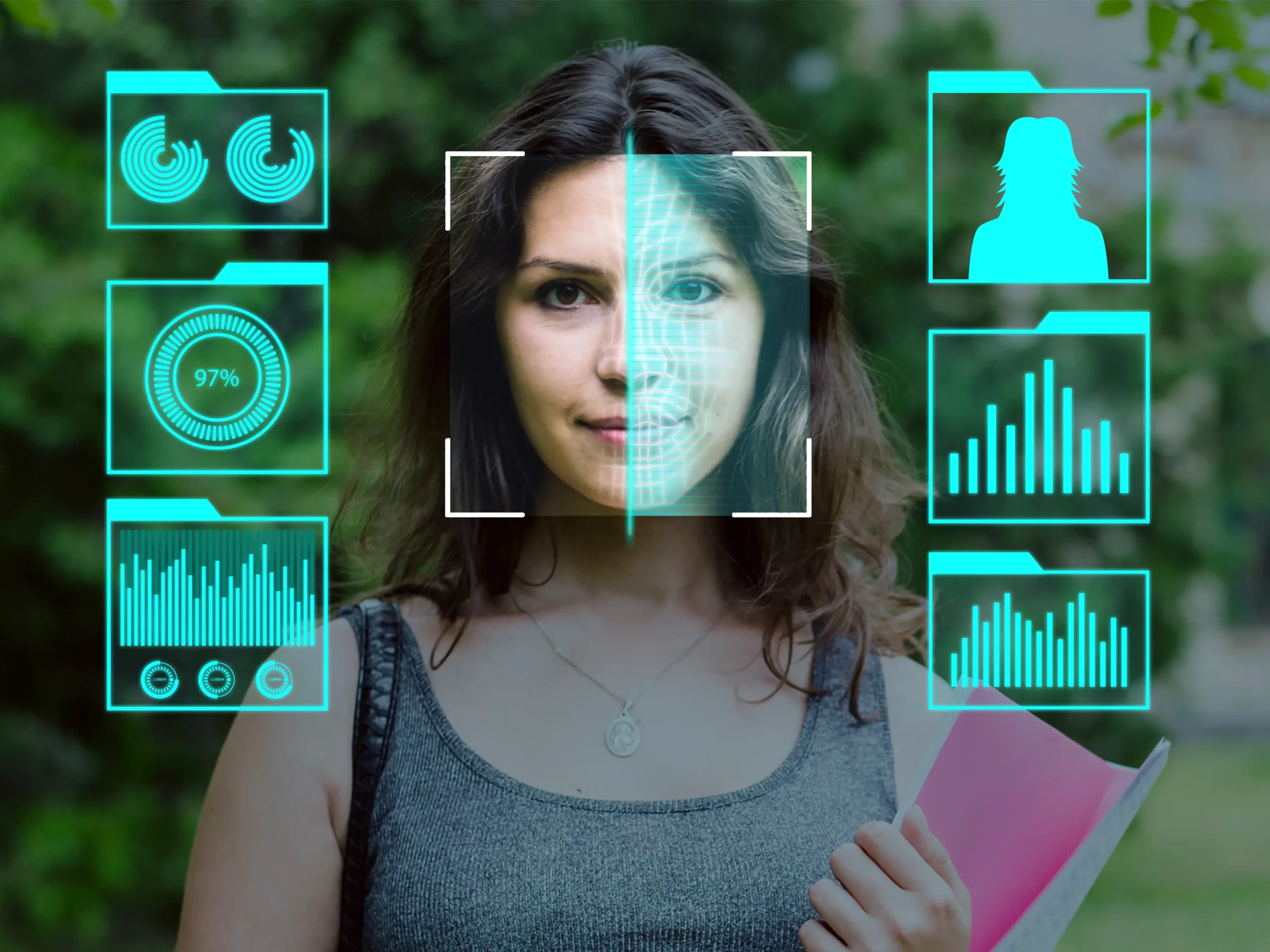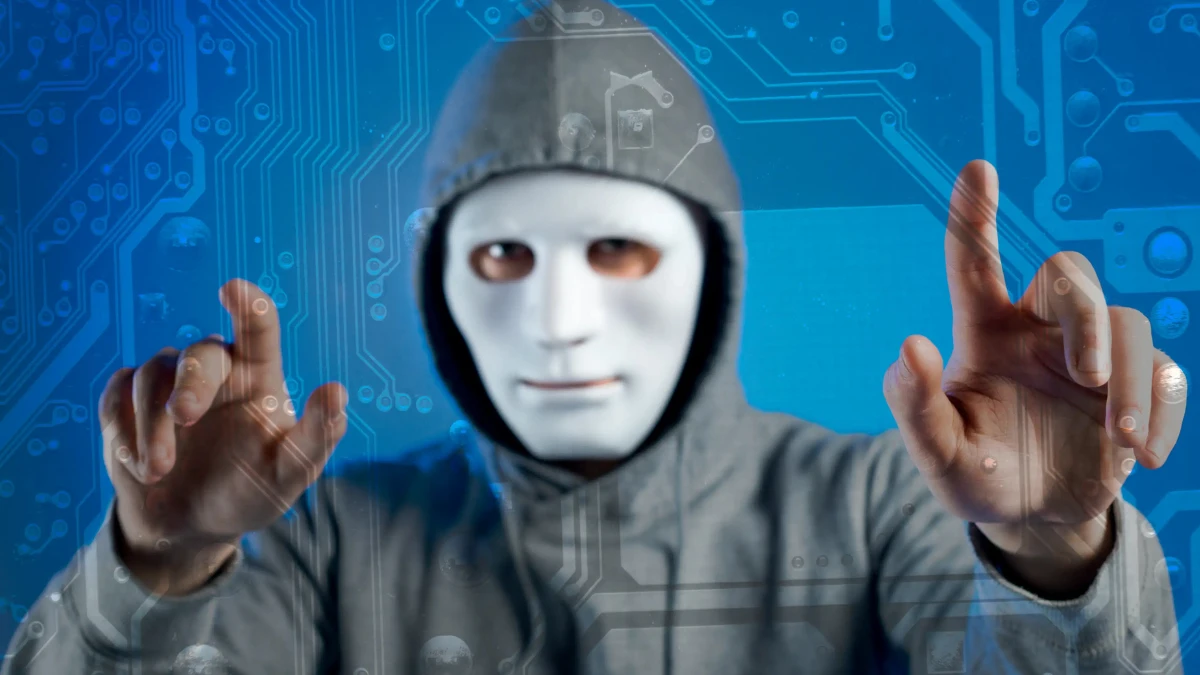In just the first quarter of 2025, deepfake fraud caused over $200 million in financial losses,and your business could be next. Since 2019, deepfake technology used for fraud has resulted in $897 million in losses, with attacks becoming exponentially more sophisticated and harder to detect.
The threat has evolved from clumsy internet hoaxes to precision-targeted business scams that fool executives, bypass security systems, and drain corporate accounts in minutes.
You’ll discover simple detection techniques anyone can master, step-by-step protection strategies specifically designed for 2025’s threat landscape, and proven tools that actually work against current deepfake attacks.
#1. The $200 Million Wake-Up Call Real Cases That Should Scare You

The numbers are staggering and the victims are real. In 2024, deepfake fraud caused nearly $900 million in financial losses globally, with businesses bearing the heaviest burden at an average of $500,000 per incident.
Consider Arup, the prestigious engineering firm that lost $25 million when criminals used deepfake video calls to impersonate company executives, convincing employees to authorize fraudulent transfers. In Hong Kong, a bank manager fell victim to sophisticated voice cloning technology, resulting in a $35 million loss after believing he was speaking with legitimate colleagues.
The 3-Step Employee Training System That Prevents Million-Dollar Losses
Traditional security training doesn’t address deepfakes—employees must learn to question seemingly legitimate videos and calls from executives. This systematic approach transforms your workforce into human detection systems.
Step 1: Awareness Phase

Monthly exposure to real-world examples comparing genuine versus fake videos builds recognition instincts. Employees see how sophisticated current deepfakes appear and understand why skepticism is essential.
Step 2: Detection Phase
Hands-on practice identifying fake content through simulated scenarios. Run deepfake detection campaigns similar to phishing simulations, testing employees’ ability to spot suspicious communications.
Step 3: Response Phase

Clear escalation procedures for suspicious requests, emphasizing verification protocols before acting on financial or sensitive communications.
Why Your Face Is the New Password (and Why That’s Terrifying)

We’ve entered an era where your face and voice have become the ultimate keys to your digital kingdom—and criminals are learning to duplicate those keys with frightening precision.
The technology operates with disturbing simplicity. Voice cloning requires just 3-5 seconds of sample audio, meaning that phone call you answered or TikTok video you posted could provide enough material for criminals to impersonate you convincingly. With social media profiles brimming with photos and videos, creating a deepfake version of virtually anyone has become a matter of minutes.
The detection problem is equally alarming. Current data shows that 68% of deepfakes are now “nearly indistinguishable from genuine media,” while humans identify high-quality deepfake videos correctly only 24.5% of the time—essentially making it a coin flip. Only 15% of people have never encountered a deepfake video, meaning most of us are already swimming in manipulated content.
The scale of exploitation is accelerating rapidly. Fraud cases using deepfakes surged by 3,000% in 2023, with North America experiencing a 1,740% increase. Financial institutions have spent billions on biometric security systems under the assumption that “you are your password,” but when criminals can convincingly replicate your biometric signature using readily available technology, these security measures become elaborate theater.
The 5-Minute Deepfake Detection System Anyone Can Use
While technology races ahead, human observation remains your best defense. Here’s a practical detection system anyone can master in minutes.
Visual Red Flags

Start with skin texture—deepfakes often produce unnaturally smooth or overly wrinkled areas, particularly around cheeks and foreheads. Examine eyes and eyebrows for misplaced shadows or inconsistent lighting.
If the person wears glasses, check for unnatural glare patterns that don’t match the scene’s lighting. Facial hair presents another vulnerability—deepfakes frequently add or remove beards with telltale artificial edges.
The Four-Step Quick Check
- Physics Test: Verify lighting and shadows are consistent across the entire face
- Movement Test: Watch for rigid or unnatural facial expressions during speech
- Quality Test: Notice if areas become blurry or pixelated when talking
- Context Test: Trust instincts about urgent requests that feel “off”
Business-Grade Protection Tools That Actually Work

For organizations serious about deepfake protection, several enterprise solutions deliver measurable results. Reality Defender leads the market with real-time detection across multimedia formats, while Intel’s FakeCatcher provides robust video authentication capabilities.
Sensity AI offers cross-industry detection platforms tailored to specific business needs, and Attestiv delivers commercial-grade detection with confidence scoring systems.
1. Solution Categories

Real-time detection platforms monitor incoming content continuously, while API-based solutions integrate seamlessly into existing security infrastructure. Watermarking and authentication systems provide proactive protection, and specialized voice detection tools focus specifically on audio deepfakes.
2. Implementation Reality Check

Budget between $500-$5,000+ monthly depending on scale and features. Most platforms require technical integration support and staff training—plan 2-4 weeks for full deployment. Success depends heavily on defining clear use cases and establishing detection protocols before implementation.
3. Critical Consideration

No single tool catches everything. The most effective approach combines multiple detection methods with human oversight. Start with one primary platform, then layer additional tools based on your specific risk profile and attack vectors.
Your 30-Day Deepfake Defense Action Plan

Transform your organization’s vulnerability into resilience with this systematic monthly rollout.
Week 1: Assess current security gaps and select detection tools based on your risk profile and budget constraints.
Week 2: Create comprehensive policies establishing verification protocols for financial transactions and sensitive communications. Never rely on voice or video authentication alone.
Week 3: Launch staff training programs with hands-on deepfake detection exercises and response simulations.
Week 4: Deploy monitoring systems and establish incident response procedures with clear escalation paths.
Critical Implementation Rules: Enforce multi-factor authentication organization-wide immediately. Establish dual-verification requirements for all financial transfers exceeding predetermined thresholds.
Beyond 30 Days: Schedule quarterly threat assessment updates, maintain ongoing employee education programs, and plan technology stack evolution to stay ahead of emerging deepfake capabilities.
What’s Coming Next: The $40 Billion Threat by 2027
Deloitte projects deepfake fraud losses will reach $40 billion by 2027, with instances exploding from 500,000 in 2023 to 8 million by 2025. Real-time generation will enable live video call impersonation while multimodal attacks combine fake video, audio, and text for unprecedented authenticity.
This technology arms race favors attackers, as detection tools struggle to keep pace with rapidly evolving creation methods. Organizations unprepared for this AI-powered fraud epidemic face catastrophic financial losses.


